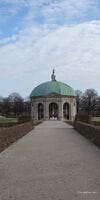Hofgarten (Court Garden) is a public Park in the Baroque style, is located on the Northern edge of the Old town of Munich, near the Munich residence and the square Odeonsplatz, at: Hofgartenstraße, 1.
Hofgarten was originally built as a court garden (inner garden) in Munich residence from 1613 modeled on the gardens of the Italian Renaissance, along with new and additional buildings of the residence of Duke Maximilian I.
This Park replaced the older of the Munich garden.
Subsequently, the Hofgarten was repeatedly redesigned and adjusted to the current taste.
The garden was destroyed during the Second world war. The subsequent reconstruction was based on an original structure with partial processing.
Currently, the garden has geometrically regular shape of a rectangle open to the public and is a popular place for walks and recreation among locals and visitors alike.
In the Park: alleys and walking paths, places for rest, flower beds and trees, fountains and sculptures, monuments and landmarks.
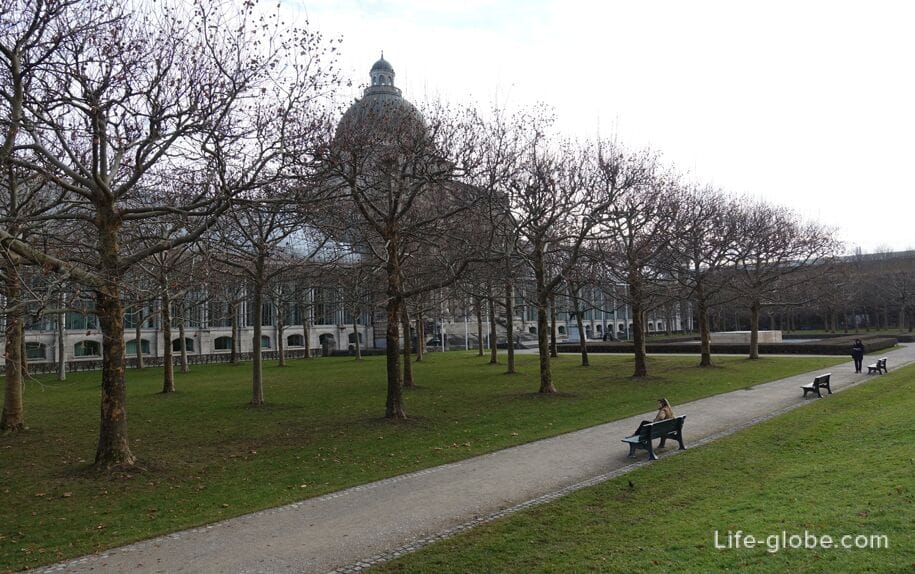
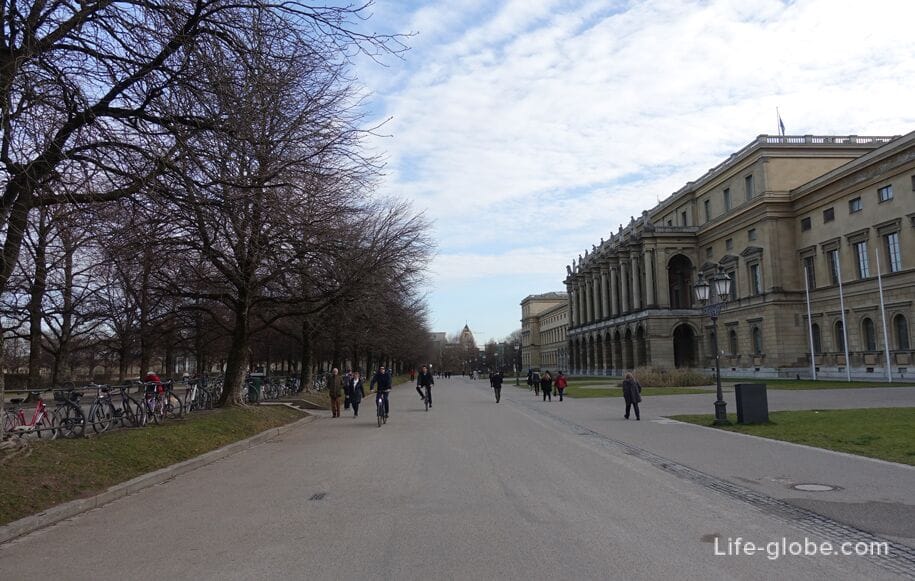
Attractions the Hofgarten Park
The main entrance to the Park
The main entrance to the Park is on the West side of the garden from the square Odeonsplatz, opposite the Theater Church (Theatinerkirche) and Moy Palace (Palais Moy).
The entrance to the Park includes part of the walls with arcades and has five apertures: one large Central arch and four smaller side.
Wall of the main entrance on the South side adjacent to the Munich residence and the North - to the building of the Market.
A view of the main entrance to the Park from the Odeonsplatz underground station
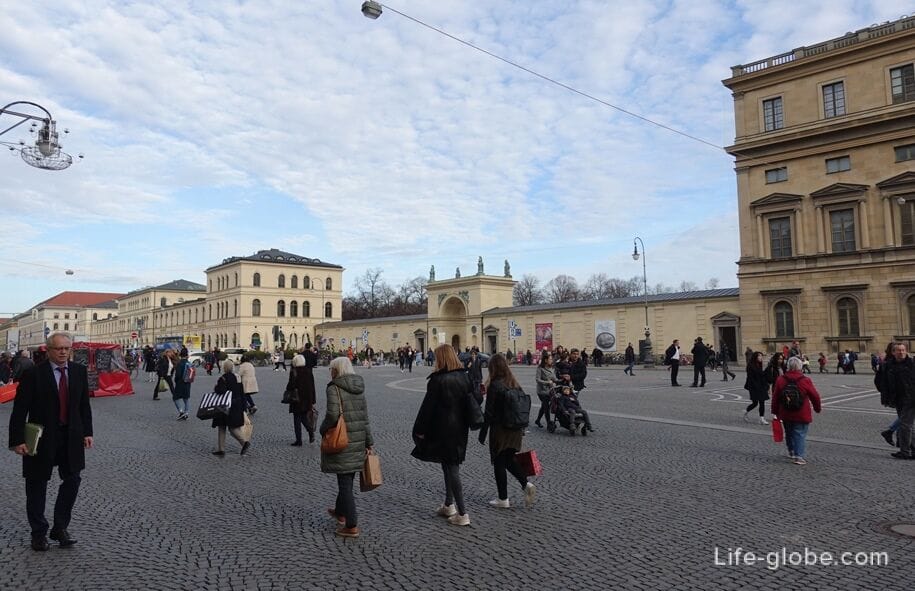
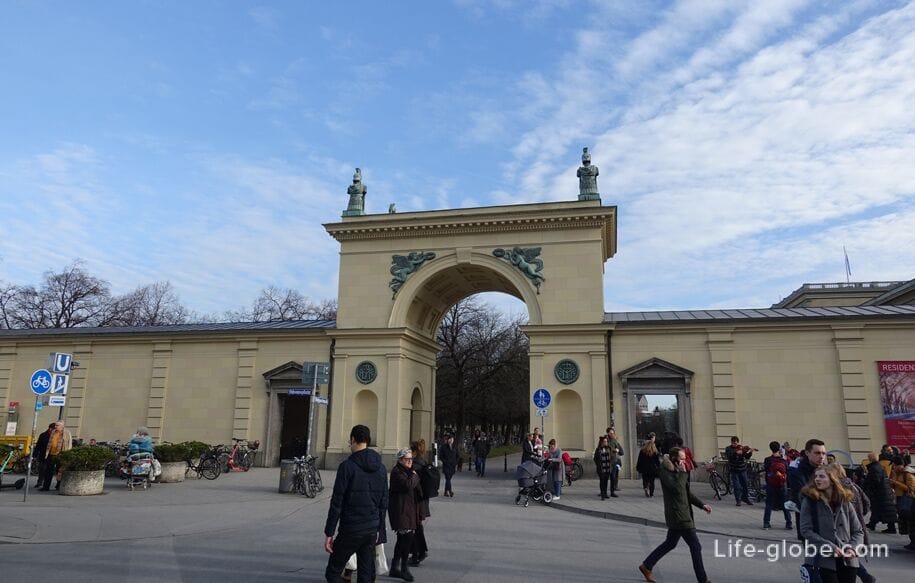
The Building Of The Bazaar
The building Bazaar (Bazargebäude) was built in the classical style in 1822 - 1826 according to the plans of architect Leo von Klenze as part of a new residential area.
The building of the Bazaar was replaced by former tournament pavilion. Has a symmetrical, divided by a Central pavilion and the North and South ends of the corner pavilions.
The building of the Bazaar is used for commercial purposes such as shops, cafes, restaurants, offices, etc.
View of the Bazaar at the square, Odeonsplatz
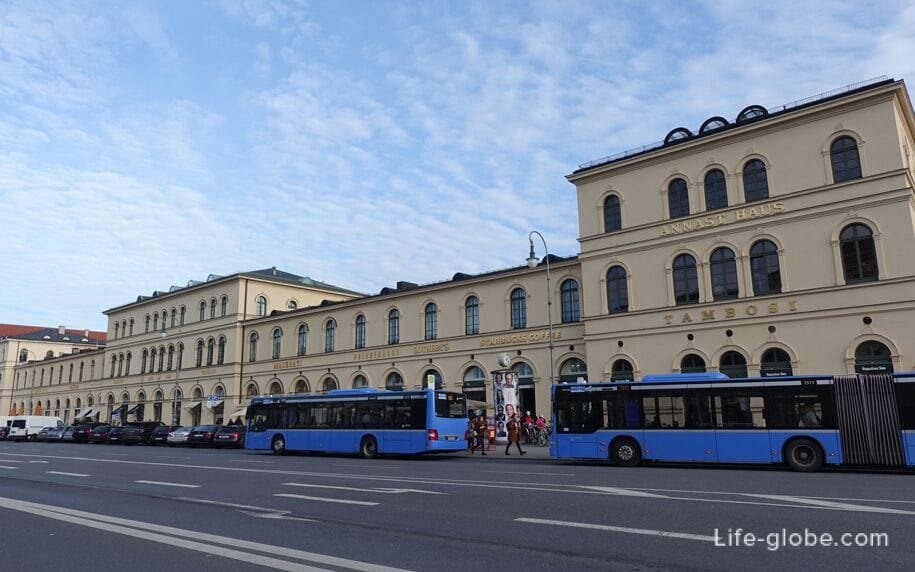
Internal Park arcade
From the Hofgarten Park existing by the time the arcade was integrated into the building Market. Today arcade of the Hofgarten Park is bordered by the Northern and Western sides.
Inside the arcade is painted with murals related to the history of Bavaria. Partly in the Western and Northern arcades located commercial premises, including a café, art gallery and the Museum of German theatre.
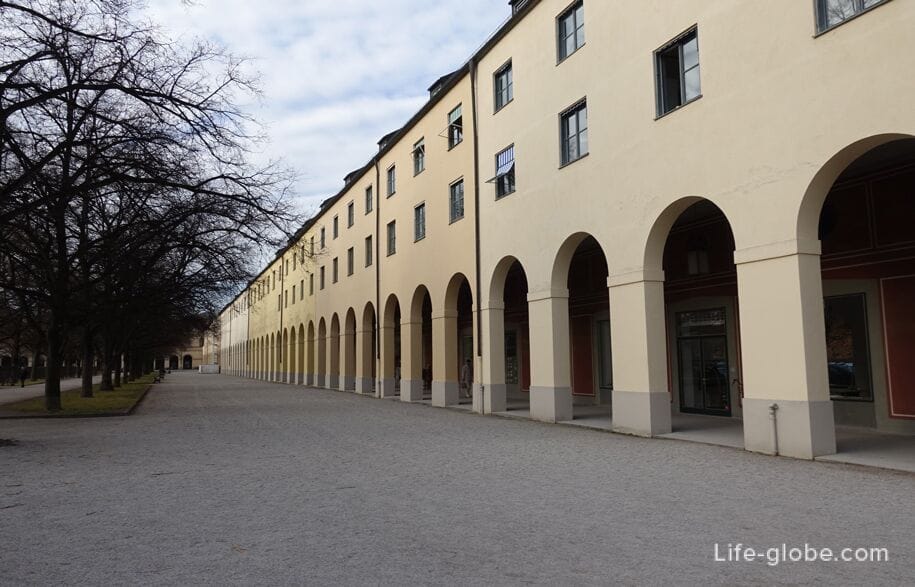
Fountain Nymphs
The fountain of the Nymphs or Nymphenburger (Nymphenbrunnen) is located near the Western Hofgarten arcades.
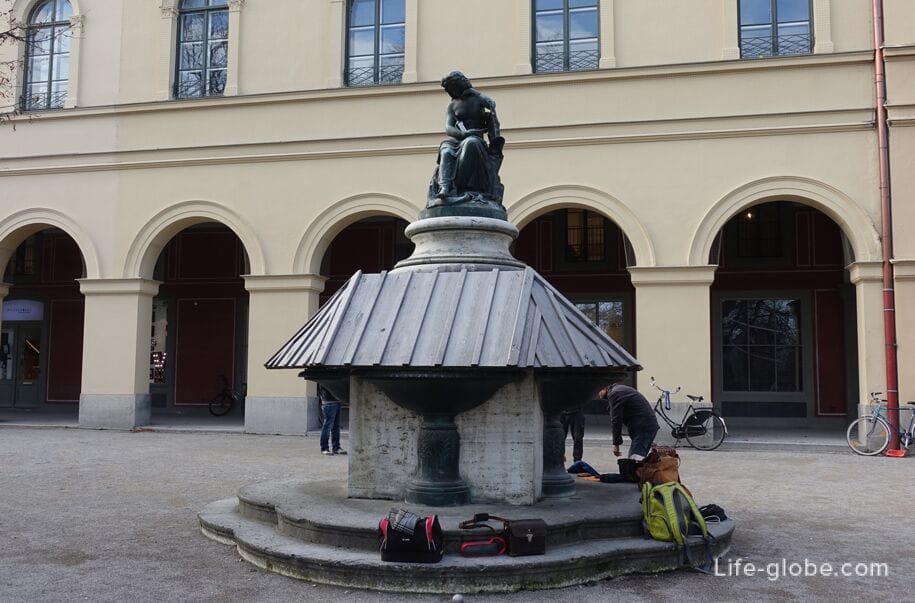
Festive hall of the Munich residence
The magnificent facade of the celebration hall of the Munich residence (Münchner Residenz) marks South side of the Park Hofgarten.
Festive hall (Festsaalbau / Festsaalbau) is a neoclassical wing of the Banquet hall with a length of 250 meters, which was added to the residence between 1832 and 1842 on the orders of king Ludwig I.
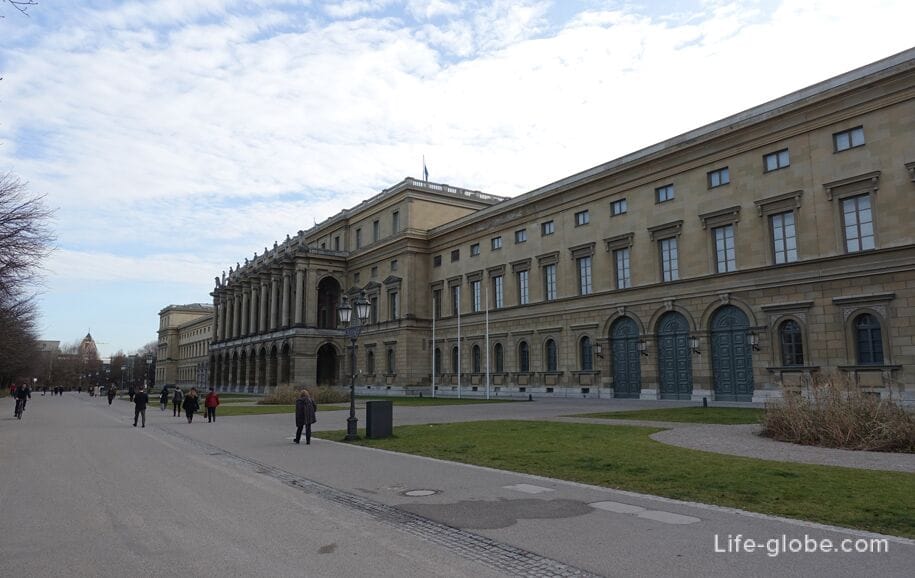
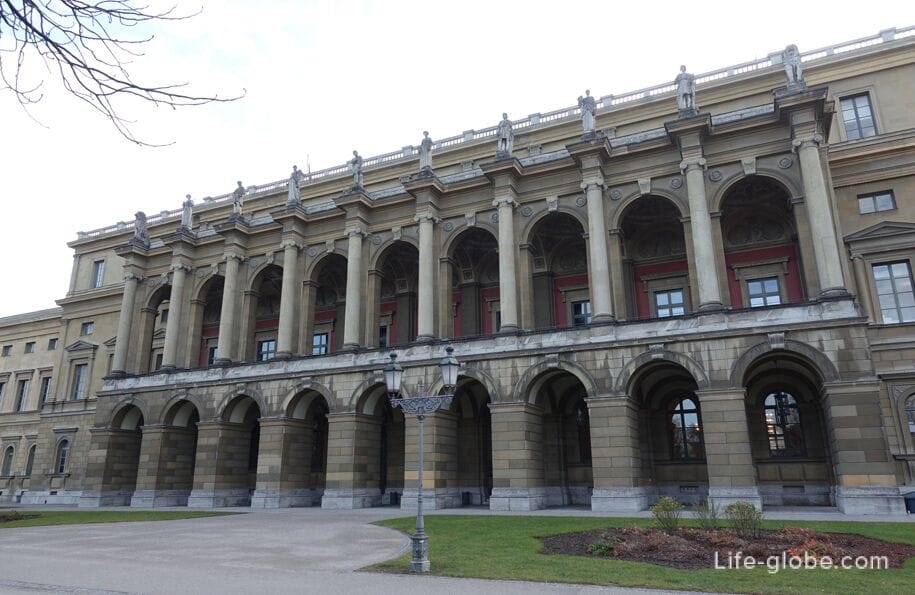
Munich residence (Münchner Residenz) - the historic residence of the Dukes, electors and kings of Bavaria, the largest inner-city Palace in Germany.
Today Munich is one of the most important art museums in Europe.
The structure of the residence includes: 10 courtyards, residence Museum, the Treasury, the Munich state collection of coins, cuvillies-theater, library, court Church of All Saints and the Bavarian Academy of Sciences. Read more about Munich residence...
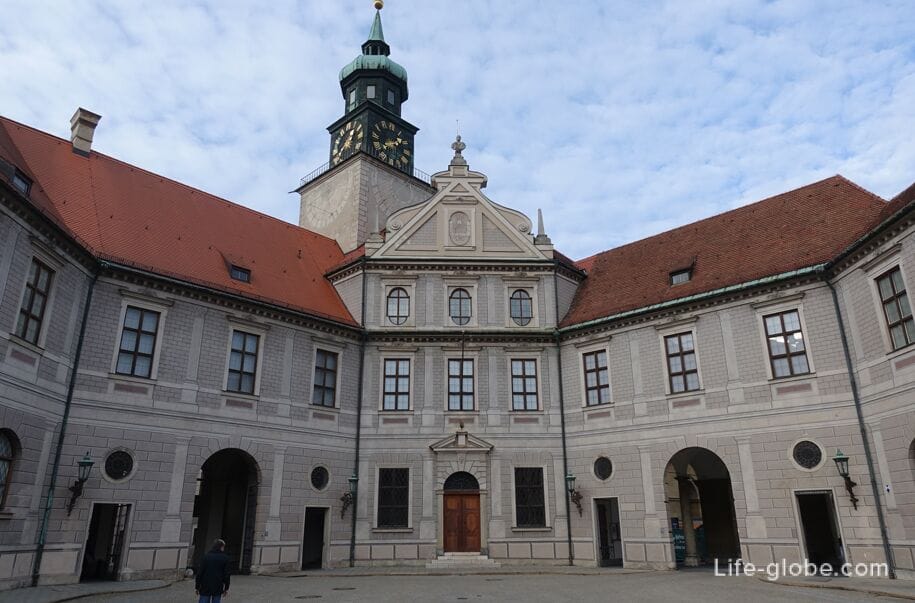
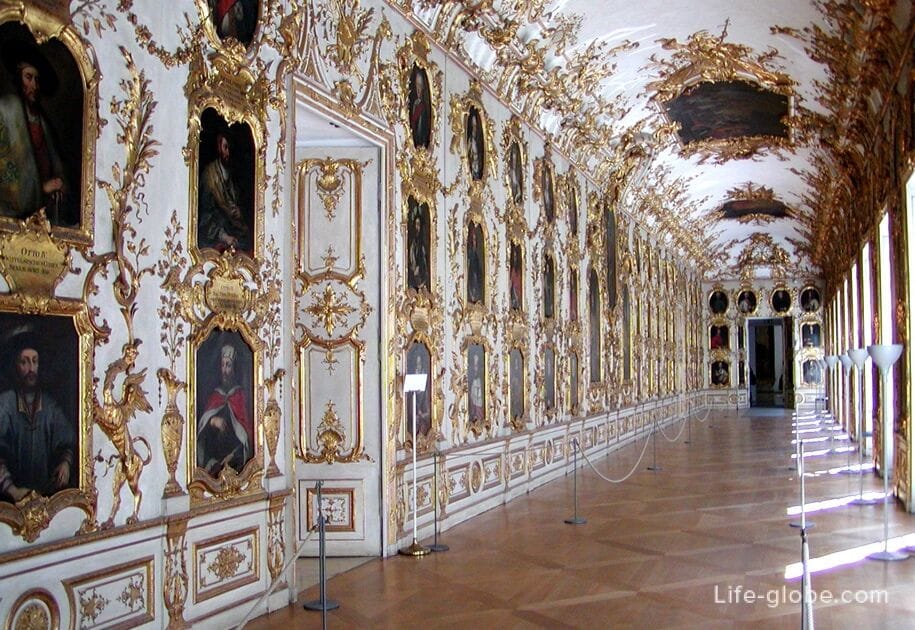
Pavilion "temple of Diana"
In the center of the Park is the pavilion "temple of Diana" (Dianatempel), which was created by Sean Henry the Elder in 1615.
The pavilion is a multilateral gazebo with a domed roof and eight open-arched openings. In the temple there are four wall fountain with sea shells.
The temple is the main intersection in the Park. From each of the eight open arches depart gravel paths, which are the main axes of the Park.
The roof of the temple of Diana are decorated with famous bronze figure "Bavarian Tellus". The figure was created in 1594 Hans Krampera and symbolizes the richness of Bavaria. This is a copy (from 1623), the original is in the Museum of the Munich residence.
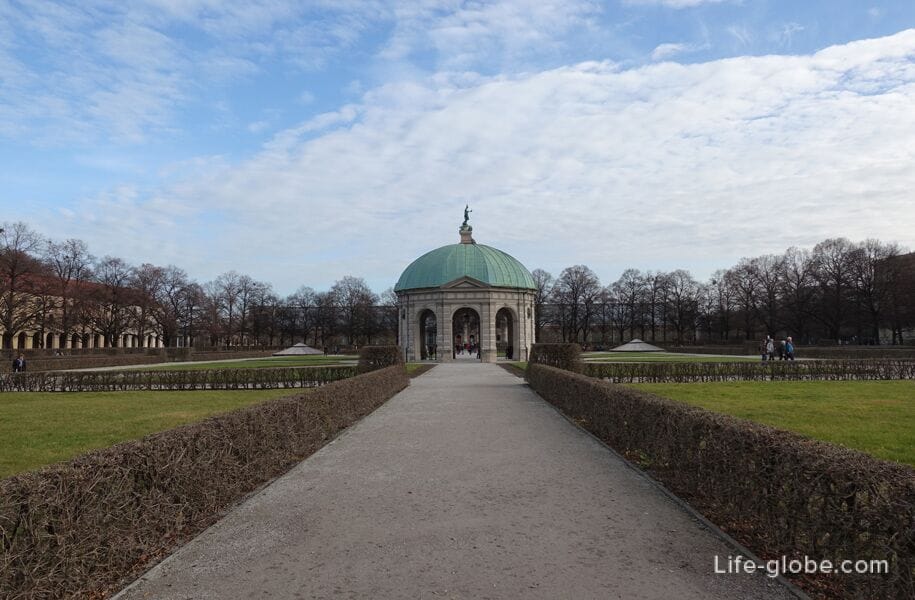
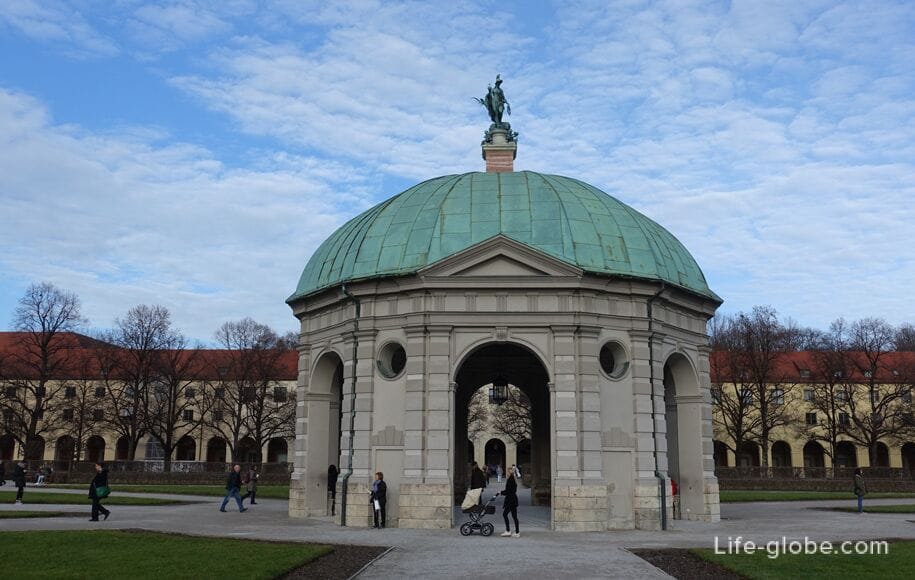
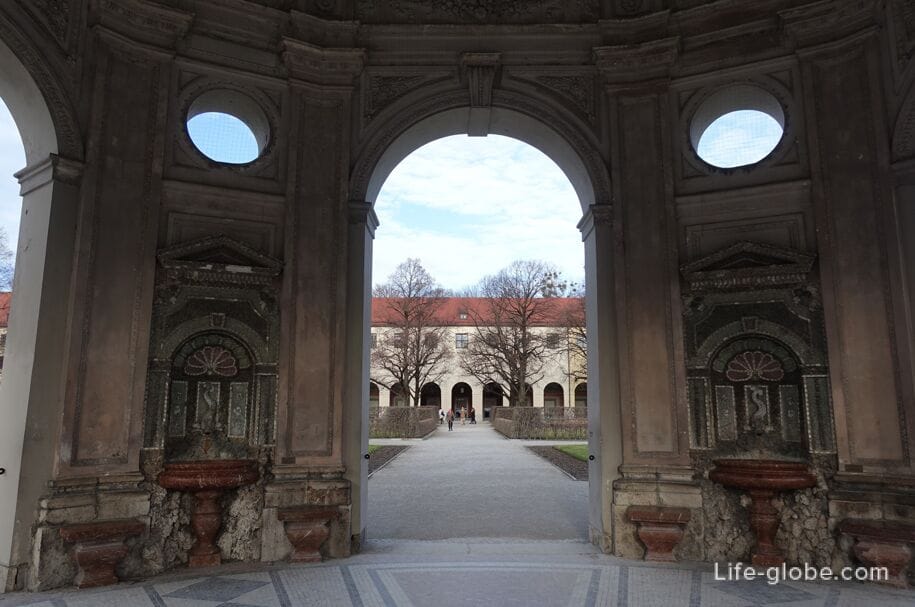
Bavarian state Chancellery
The Eastern boundary of the Hofgarten Park is crowned by the Bavarian state Chancellery (Bayerische Staatskanzlei) is a building which houses a governmental body performing the functions of the Executive office of the Minister-President as head of government.
Before the destruction of the Second world war the office was the Bavarian army Museum in 1905 and a barracks Hofgarten (Hofgartenkaserne) before the construction of the Museum.
After the war, the Museum remained only partially the Central dome and small balances, which subsequently, in the process of construction of the building of the office in the period from 1989 to 1993, was integrated in the newly constructed building.
The Central part of the building of the office, facing the Hofgarten Park, has six columns wide Central staircase, six sculptures in the upper part and the dome. The two wings that diverge in both directions from the Central part of the building, throughout their length have glazed facades.
Front office is a war memorial in memory of the First world war (open from 1920-ies) and a large equestrian statue of Duke Otto I of Wittelsbach.

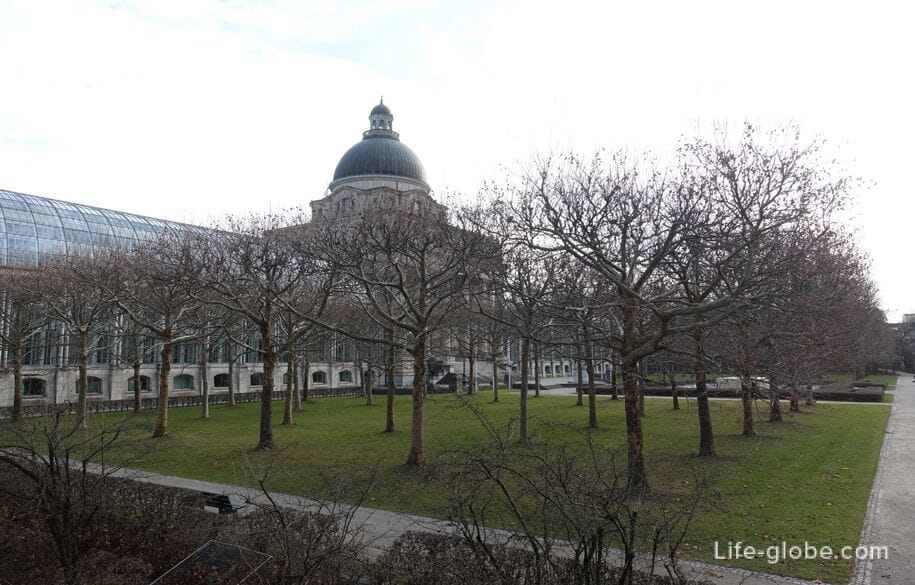
Historical remnants
On the North side of the Bavarian state Chancellery is a historical monument - small remnants of former buildings (the barracks and the Bavarian army Museum), which are now included in a single ensemble of the office and are publicly available.
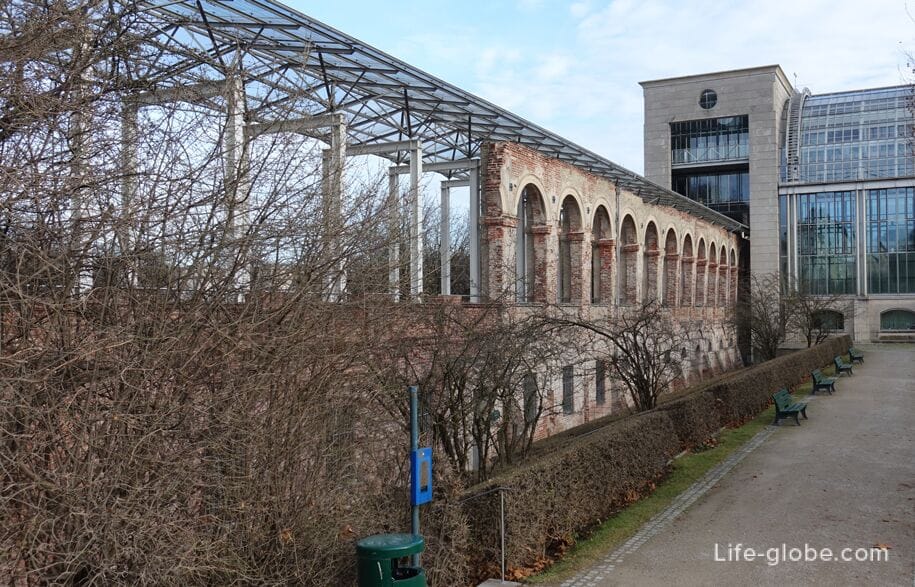
Near the Hofgarten Park
On the North side for Hofgarten there is another small Park is a Financial garden (Finanzgarten / Finanzdaten), within which is the Palace of Prince Charles (Prinz-Carl-Palais-Brunnen).
In the North-East direction from the Palace stretches a beautiful historic English garden, while to the East is the direction of the street Prinzregentenstrasse (Prinzregentenstraße), along which you will find museums and that leads you to the observation deck and the memorial angel of peace.
Photos of English garden
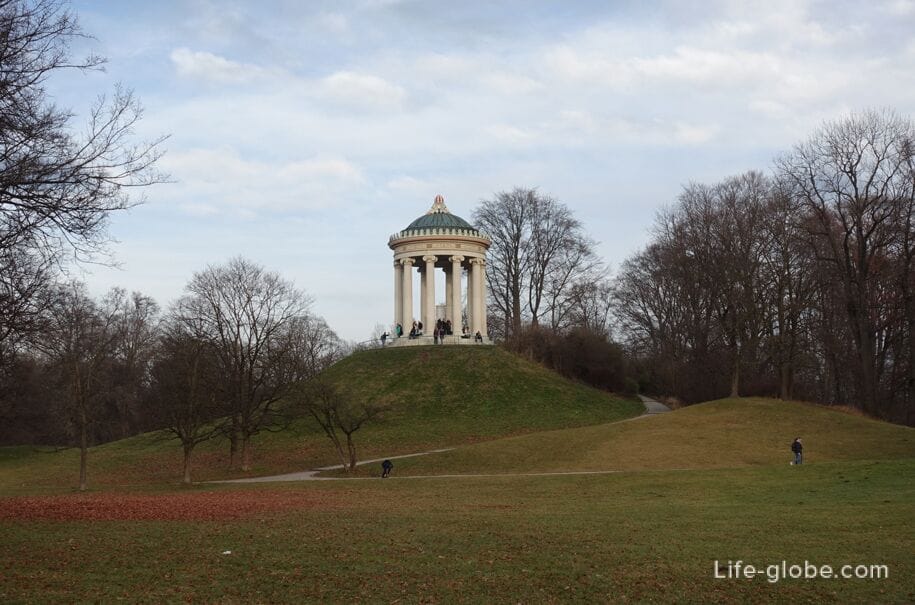
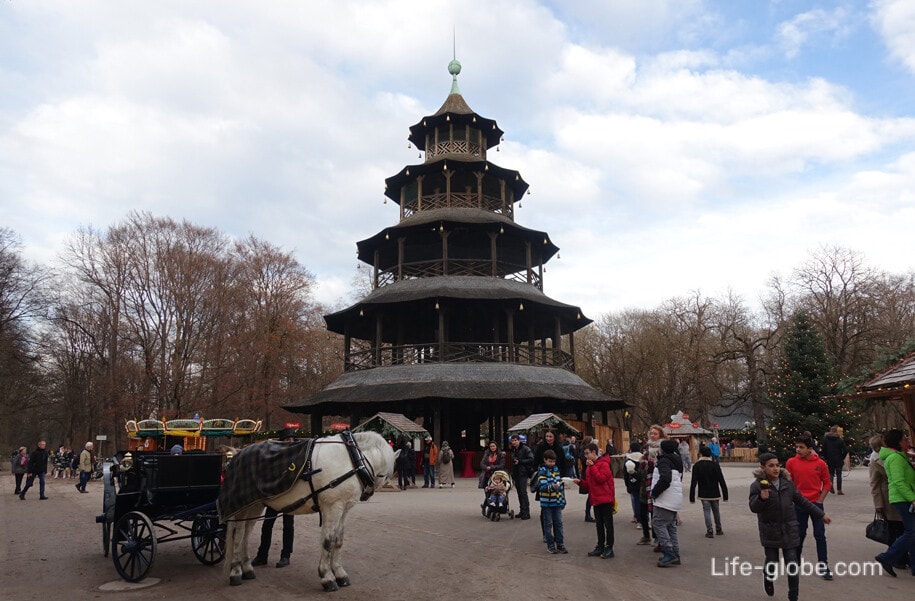
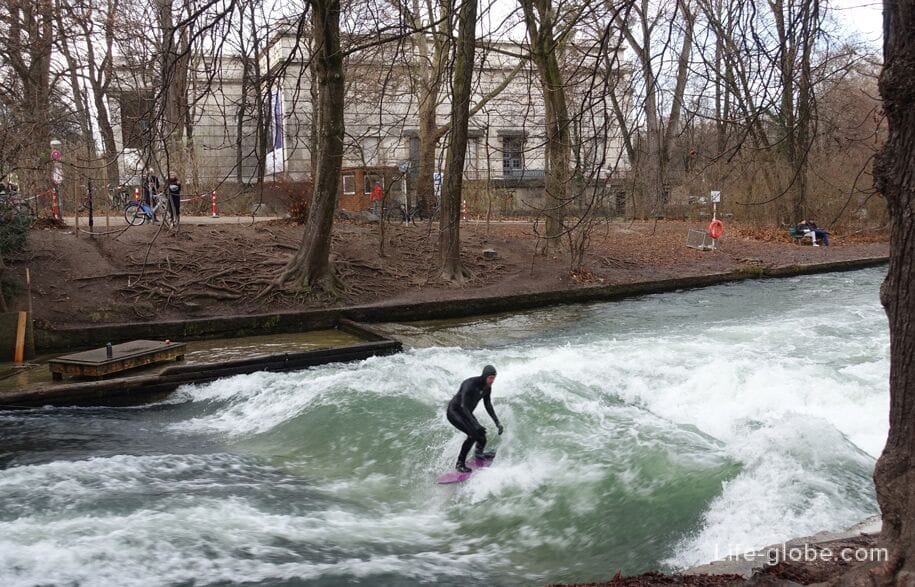
Photo of the angel of peace
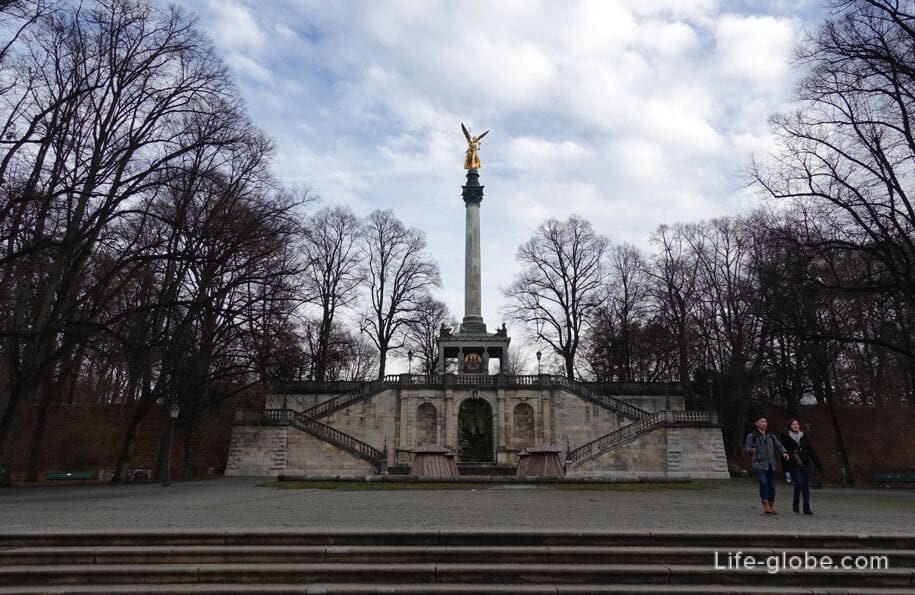
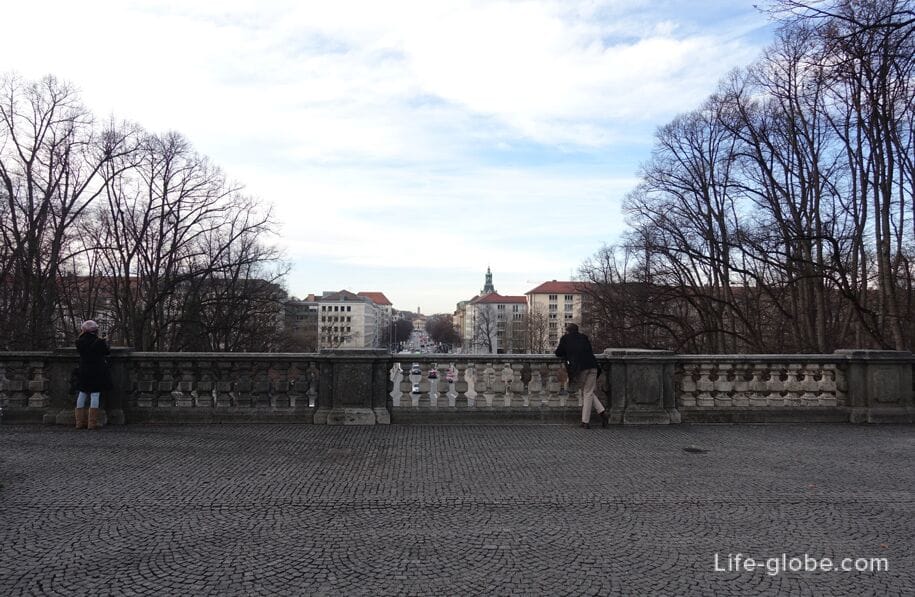
Panoramic views of the Hofgarten Park, the Palace of Prince Carl, partly on Finanzdaten and the Royal residence





